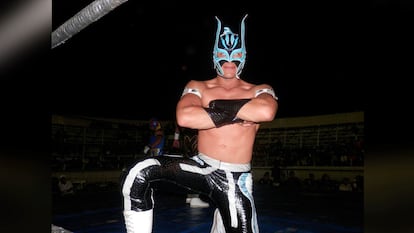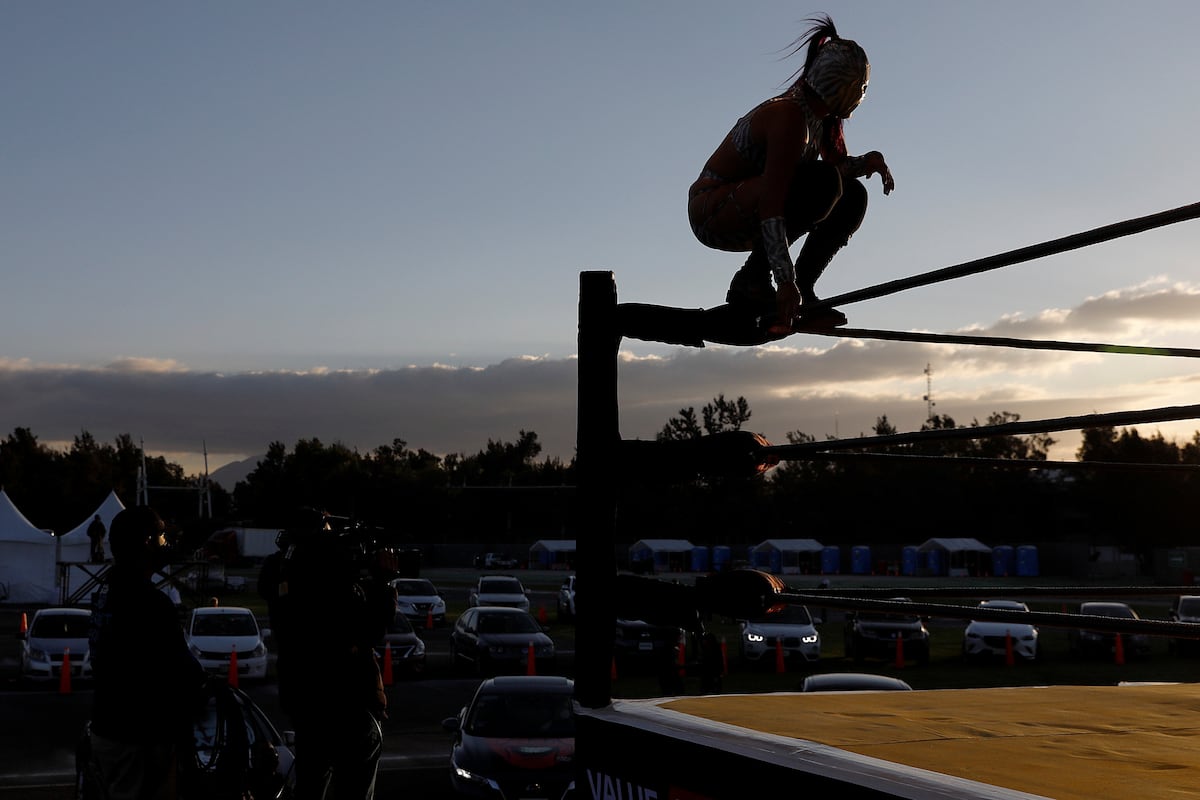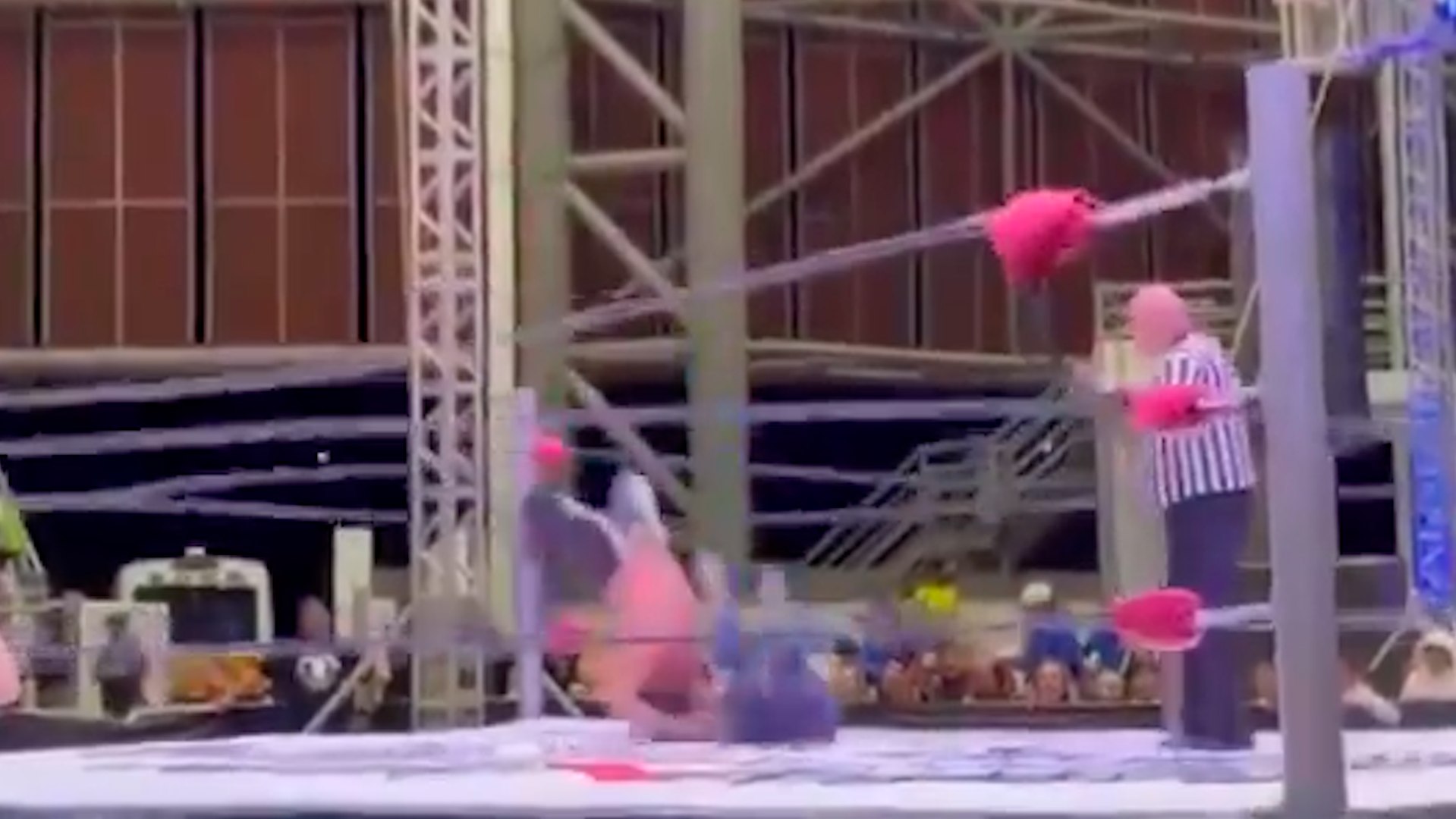
His death was recorded. His adversary gave him two blows to the chest and a kick, after which, the air prince of the Mexican struggle collapsed on the canvas. They faced Flying Prince, Gold Puma, Jr. Golden Arm and Redimio. It was Saturday afternoon, in the San Juan Pantitlán Arena, in Nezahualcóyotl, a town a few kilometers from the capital. Both the organizers and the doctors confirmed hours later of the event that the young man's death had due to a fulminant infarction.
He was 23 years old and was called Luis Ángel Salazar. It came from a humble family of Iztacalco, a low middle class mayor of Mexico City. He lived with his mother, to which he professed an unconditional love, according to sources close to the world of struggle, and was not formally married, although he did have a partner. Both, which could be said that they were the two women of their lives, were present at the time Luis fell so as not to rise again.
In life, however, not falling again and not getting up was not one of the attitudes that characterized the prince of the struggle. Leo Riano, boxing journalist, wrestling and mixed martial arts of Televisa, confirms: “Both in boxing and wrestling, what gets you forward is hunger. He was hungry fighter to succeed and demonstrate what he was capable of.” And he adds: “Here in Mexico to be an idol, it is not enough that you know how to make keys and counterlaces, but you have to have that touch that not everyone has, that charisma for people to love you.” Luis had “angel” and “charisma” enough to go crazy to the public with his show.
The world of struggle is characterized by provoking great excitement and exacerbating the low passions of both their spectators and their members, the contestants. But the show is that, show.
When the aerial prince took off his mask and was simply Luis, all that fury was left behind. Javier Camarín, a journalist with more than 30 years of experience in the world of struggle, describes him as an impeccable person: “He was pleasant, simple, very polite, a person who rose to greet, always with affection.” With what he won in the fight, his university studies was paid. Some media say that the accounting career was being removed, but both Riano and Camarín claim that he stated the elbows to be an architect. In what everyone agrees, after all, it wanted to get ahead of the world of wrestling.
He didn't smoke, he didn't drink and was a great athlete, beyond that, he also liked motorcycles. “He liked to walk with his, like any kid addict to adrenaline,” explains Camarín, who was present last Saturday, when the prince dropped that way on his own weight: “I knew something bad happened.” This journalist believes that since it was a heart attack, it could be due to some previous ailment that would have gone unnoticed.
His career was very promising, he had worked in the Elite League, and his fighting had been broadcast on television both in Televisa and TV Azteca. “It began to shine,” Riano Zanja. And Camarín adds: “At 28 or 30 years I could have been a figure in this world of struggle.”
That was the Prince Luis, a young twenty -year -old who was beginning to shine with strength, familiar, pleasant and generous, and at the time capable of giving a great show when he put on his mask. On Saturday, suddenly and without prior notice, his brightness went out.



